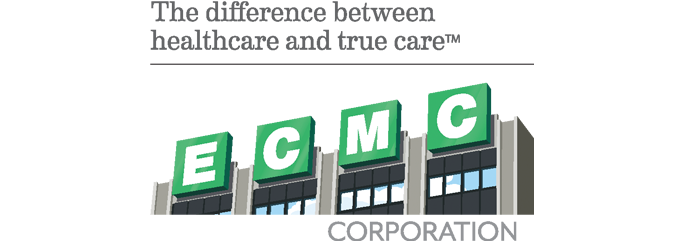State funding to dramatically assist ECMC efforts in population health
One of the biggest obstacles of population health and health equity across the U.S. continues to be systemic poverty throughout some of the country’s poorest communities—including many throughout the City of Buffalo.
According to a 2024 report released by New York State Comptroller Thomas DiNapoli, Buffalo continues to struggle with high rates of poverty in comparison to like-sized cities across the country, with nearly 40% of children living in impoverished conditions. That’s two out of every five children for a rate that’s seventh in the U.S. and just behind I-90 neighbors Rochester (fifth) and Syracuse (second). These numbers need immediate attention for all they signify and certainly hinder the accessibility, effectiveness, and equity of healthcare provided to these young residents and their families.
But thanks to recent New York State aid awarded to ECMC, help is on the way.
In March 2024, ECMC was awarded $8,279,008 through New York’s Vital Access Provider Program (VAP), implemented to fund operational costs for turnaround initiatives to help financially distressed New York State healthcare entities seeking to improve facility financial viability; meet community service needs; improve the quality of care; and increase health equity for populations at risk.
“These are very complicated, time-consuming issues to address,” says Lucia Rossi, vice president of population health at ECMC. “That’s why additional sources of funding are particularly crucial for health equity and population health efforts, and to make a sustained impact on both.”
With funding awarded over the next three years, ECMC will triple the capacity of its already successful Comprehensive Transition of Care pilot program, implemented in 2021 and aimed at eliminating health disparities, poor health outcomes, and avoidable hospital admissions among patients throughout its neighboring communities. Rossi and her staff—now with 12 additional full-time employees, including pharmacists, social workers, and patient navigators—will be better supported to further understand the needs of underserved patients at the highest risk of readmission, combat chronic conditions, and better deploy interdisciplinary clinical care and healthcare access across the continuum.
“Throughout Western New York, there are a lot of zip codes and pockets of patient populations that are more impoverished than the rest of the state and country, and have worse chronic condition outcomes than the rest of the state and country,” says Amanda Farrell, population health clinical data analyst at ECMC, and collaborator with Rossi on the Comprehensive Transition of Care program. “Being able to discover what barriers to care and inequities they’re facing—whether by race, economic status, or other—is critical to finding a solution.”
Significant progress has already been made. After the first year of Comprehensive Transition of Care, ECMC saw an overall reduction in hospital admissions from its pilot population decrease by 35%, and a drop in readmissions from 12.6% to 7.4% among the program’s high-risk population. These reductions in readmissions saved ECMC an estimated $2,040,000 that year and provided a poignant glimpse of what gains population health-focused efforts could have on patients and hospital operations.
With additional VAP funding, ECMC plans to increase savings from prevented readmissions to approximately $6,120,000 annually, thus sustaining the cost of retaining the resources to continue the project beyond the three years of VAP support. Additionally, ECMC expects to reduce length of stay, address transportation barriers, improve chronic disease management, decrease patients who left without being seen in the emergency department, and significantly reduce the number of patients left without being seen in the emergency department because of overcrowding, thus generating additional revenue from those visits. This anticipated 38% reduction will generate approximately $2,618,000 in additional revenue from ED visits that wouldn’t otherwise have occurred; and overall, could save ECMC up to $15 million annually.
But even with these incredibly beneficial savings and efficiencies considered, the central goal of this additional funding is addressing individual patients and the many factors which can enable a healthier life.
“They will be better cared for,” says Rossi. “They will be more confident in their ability to participate in their healthcare, their quality of life will improve exponentially, and they will feel hopeful—not hopeless.”
According to Rossi and other clinical reporting, 40% of an individual’s health is determined by socio-economic factors such as income; 30% is impacted by health behaviors like diet and drug use; and 20% is connected to access to and quality of healthcare. Enhancing the funding and staffing of Comprehensive Transition of Care will continue to enable intervention and mitigation of these factors, providing attention, education, and access for those in disadvantageous positions.
“We have to remember that someone who’s worried about feeding their family or paying for their electricity probably isn’t going to worry about filling their blood pressure medication or doing their daily exercises,” says Rossi. “Achieving health equity helps patients actually achieve their clinical goals while still managing the ongoing complexities of life.”
To learn more about ECMC’s award-winning services, click here.

